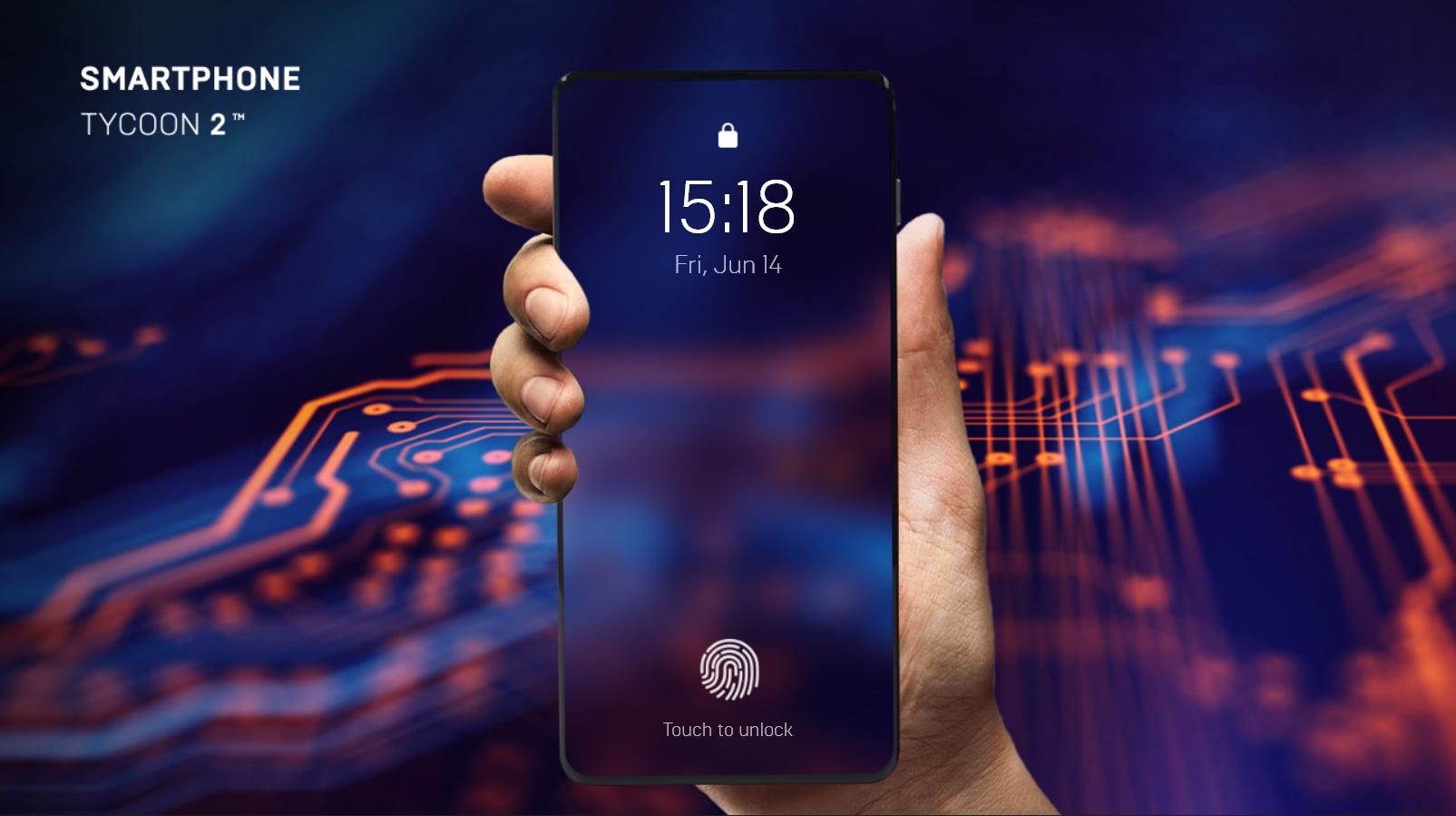
The Advantages of Using Smartphones in the Workplace
A smart phone is essentially a portable electronic device which combines internet access and mobile phone functions into a single device. Smartphones have many additional features over traditional phones such as GPS/orientation sensors, camera, video camera, music player, and runs a unique operating system. The primary function of the smartphone is to make communication easy and convenient with text messaging, Internet access and games. Smartphones work as personal digital assistants by allowing users to search the internet, send and receive emails, browse stores and check sports scores. They can also perform many functions common for desktop computers like taking pictures, listening to music and web surfing.
Smartphones are useful because they allow you to stay connected to the business even when you are on the go. With a large percentage of workers now using smartphones, it’s important for employers to understand the benefits of incorporating a mobile communication strategy into their employee communication planning. One of the biggest advantages of using a smartphone in the workplace is that it allows the employee to be productive and organized with minimal constraints from a desktop computer or laptop. Employees who are accustomed to using wireless devices may find it difficult to adjust to working on a new type of mobile device.
To help employees adapt to mobile communication standards, companies should consider having a smartphone or tablet as part of their employee tablet portfolio. As tablet manufacturers continue to improve the quality of their products, tablet devices will become more similar to smartphones. A smartphone or tablet can replace a laptop or desktop computer as the user interface and application platform and will likely replace most mobile communication standards. The ability to use applications from anywhere will allow employees to be more mobile and more flexible.
Another advantage of integrating a tablet with a smart phone or video conferencing program is that the video conferencing system can be accessed wirelessly. This frees up the user from carrying a separate device. Wireless communication can also provide a number of benefits such as portability, ease of use and increased productivity. Most tablet users are familiar with video conferencing and using portable devices has become common for employees during travel.
A third advantage is that consumers will likely purchase a larger screen size to use with a tablet and have expectations about the user experience. Most consumers will not purchase a tablet that is not touch-sensitive or that has a smaller screen. These tablet users will expect the performance of a touch-screen or a screen that is sensitive enough to allow for all types of touch input. The availability of apps for certain functions will likely decrease if the tablet does not include a camera or other media player. In an effort to maintain the compatibility of existing software, tablet manufacturers may release new versions of their programs at regular intervals.
As tablet usage picks up, companies may become more familiar with mobile apps and the best way to integrate them into their workplace systems. This will likely continue to increase as smartphones gain access to more networks and more features. Users of smartphones will also continue to demand the most efficient ways to utilize the device. With greater integration, workers will spend less time trying to remember how to do each function on a smartphone. Companies that are not careful about the software that they release will face a future of complaints from employees who need the ability to use their smartphone as a desktop replacement. By considering the advantages of a smartphone and analyzing the needs of the workforce, companies can establish the best practices for integrating mobile apps into their organizations.